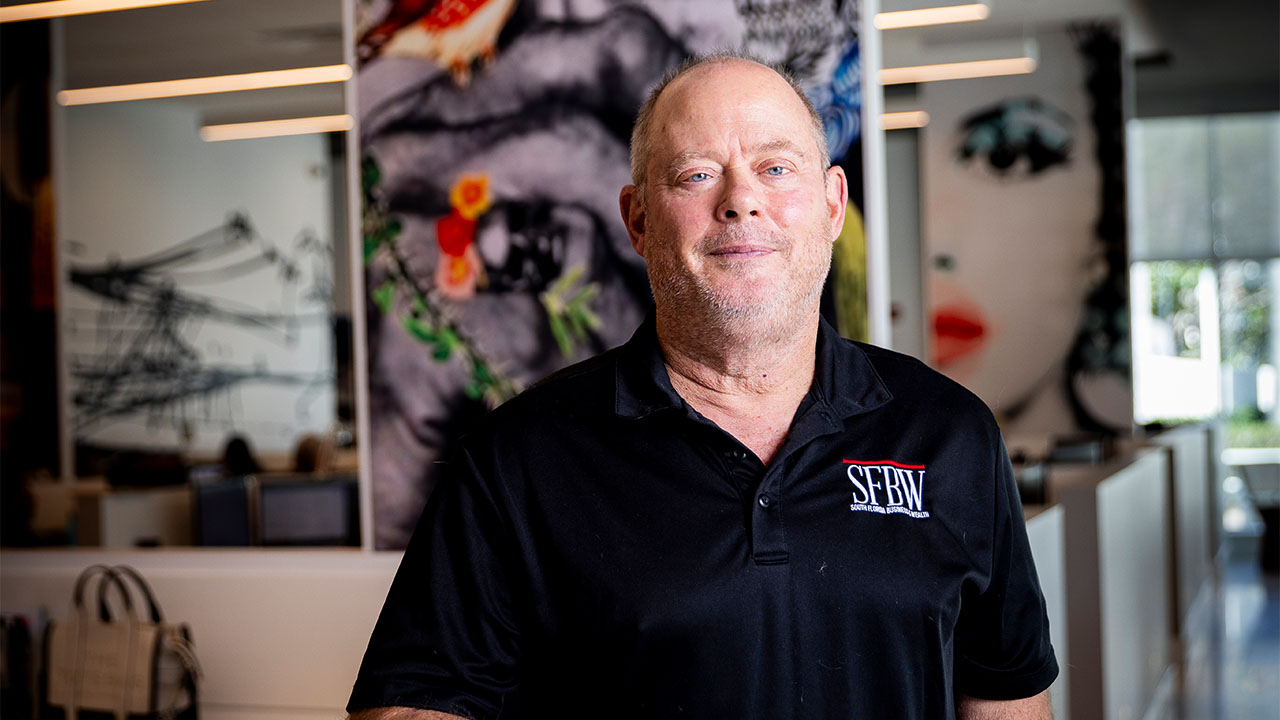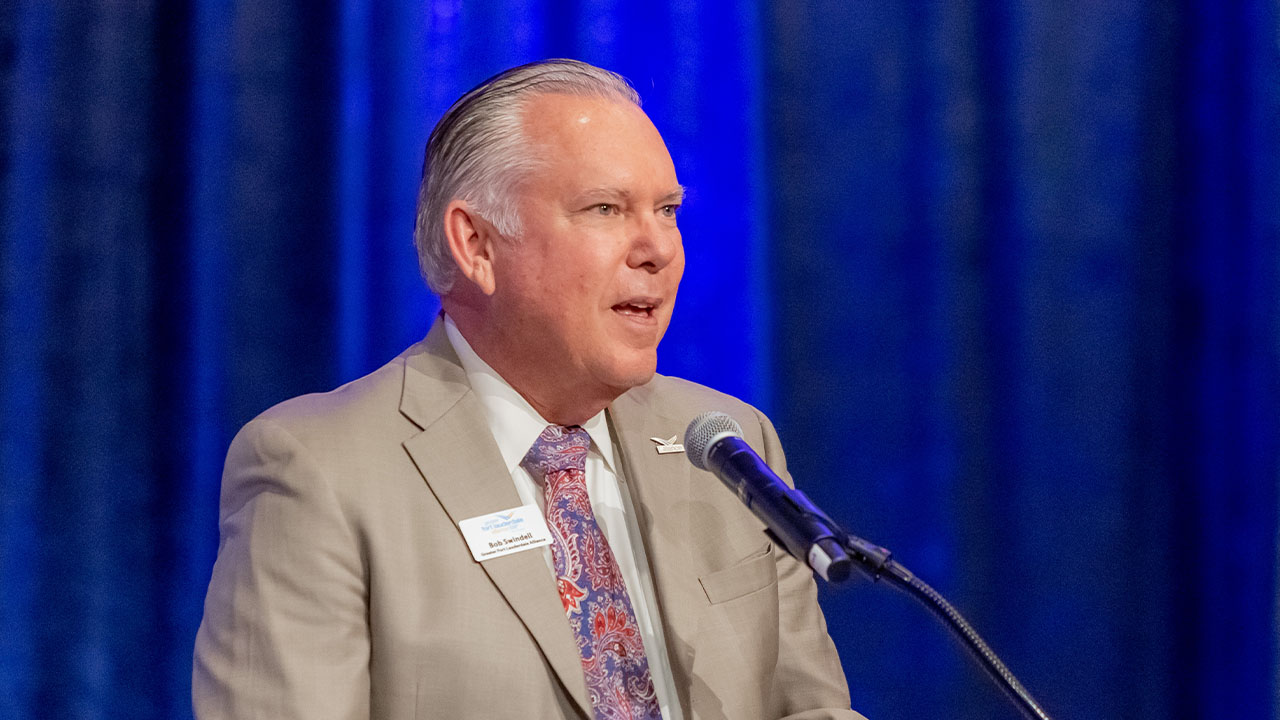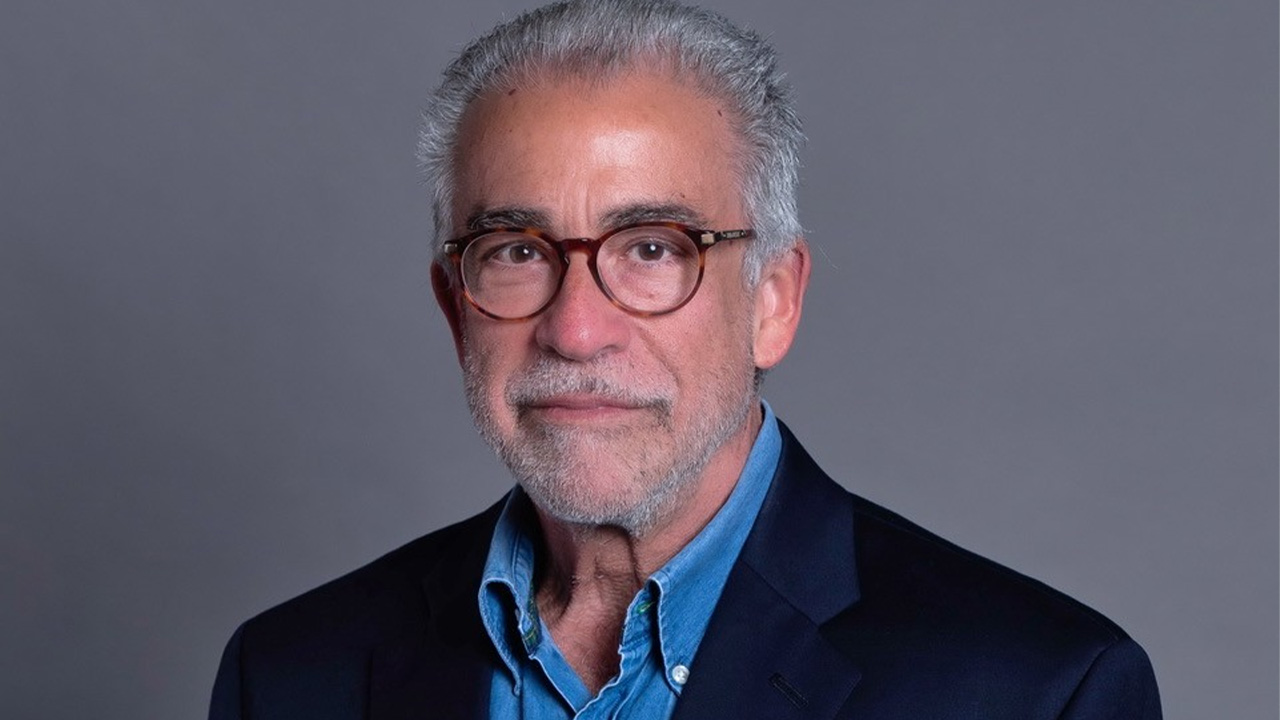Dear Mr. Berko: I just had a 2.25 percent certificate of deposit come due for $38,000. My broker recommended I buy stock in Kimco Realty, Tanger Factory Outlet Centers and DDR Corp. because the yields are much higher and because consumer confidence will boost retail sales in 2017. What do you think? — JF, Destin, Fla.
Dear JF: It seems the world was so much less complicated when it was flat!
Starting in the late 1970s, a sure pathway to success for Macy’s, Sears, J.C. Penney and other mega department stores was building 150,000- to 575,000-square-foot locations, anchored in the corners of super-malls in Hollywood, Portland, Bowling Green, Sarasota, Houston, Dallas, Tulsa, Las Vegas, Minneapolis, Louisville, Tampa, etc. In those days, there was gold dust in the air; success was like duck soup, shooting fish in a barrel, taking candy from a baby. And investors, as usual, thought it would never end. The giddy late 1970s through the bubbleheaded early 2000s was a Golconda stretching as far as one’s imagination could see.
But sometimes, good times meet their end. The number of enclosed shopping malls with a vacancy rate at or above 40 percent — when malls typically enter their death throes — has more than tripled in the past 10 years. They’ve become eyesores that are visible along the major city arteries.
Today mall real estate investment trusts are investments that yield seekers must avoid. Despite some tempting dividends, the future is bleak for mall properties, many of which are becoming ghost towns. The easy, good times are gone, and those big-name, heavily advertised anchor stores have become millstones. Chico’s, American Eagle, The Limited, Aeropostale, Abercrombie & Fitch, Men’s Wearhouse and other mall retailers have been outmaneuvered by innumerous online retailers.
Last year, the top 25 e-commerce retailers posted $159 billion in revenues, an amount that’s growing by 11 to 13 percent a year. Never in a hundred, never in a thousand and never in a million years would I have thought e-commerce retail sales would be so strong. It’s been a shrewd awakening for retailers and mall owners, such as Taubman Centers (TCO-$75) and DDR Corp. (DDR-$15). In 2015, vacancy rates increased in 30 of 77 U.S. metro areas, and rents declined in 17 of those metro areas during the last quarter of 2016. Vacancy rates are expected to be higher for 2017-18, and rents will certainly decline again. Sears will be closing 150 stores. Macy’s will close 63 stores. And Linens ‘n Things, American Apparel, Quiksilver, Wet Seal and other smaller national retailers have filed for bankruptcy protection. Meanwhile, Acadia Realty Trust (AKR-$32), Kimco Realty (KIM-$24), Tanger Factory Outlet Centers (SKT-$34) and Macerich (MAC-$67) are down from their previous highs, and each expects to report lower earnings for 2017 and 2018.
And say goodbye to long-trusted names such as Jordan Marsh, Heilig-Meyers, Burdines, Sports Authority, Robinson’s, Hudson’s, Marshall Field’s, May Department Stores, Wannemaker’s, I. Magnin, Filene’s Basement and Halle Brothers. The malls they vacated face the heavy and difficult responsibility of replacing that rental income — plus the foot traffic it generated, upon which companion retailers depended for business. Mall lessees recognize they’re stuck between Iraq and a hot plate. They’ve become victims of a digital age in which consumers can get fast, friendly and willing self-service. And it’s off-putting to be in the service of a young woman with green hair, neck tattoos and pierced lips who doesn’t know the inventory and uses nouns as verbs.
There are about 1,100 enclosed malls in the U.S., and some of Wall Street’s retail analysts suggest that about 400 of those malls will fail in the coming three to six years. The U.S. has an estimated 52 square feet of retail space per citizen, which is about twice as much as any other country in the world has; that’s the American way. And that’s just the beginning of the rapid decline that may further hurt the shopping center REITs mentioned above, as well as other big boys, such as Simon Property Group, Federal Realty Investment Trust and Regency Centers.
Please address your financial questions to Malcolm Berko, P.O. Box 8303, Largo, FL 33775, or email him at mjberko@yahoo.com. To find out more about Malcolm Berko and read features by other Creators Syndicate writers and cartoonists, visit the Creators Syndicate website at www.creators.com.
COPYRIGHT 2017 CREATORS.COM
Main Navigation















